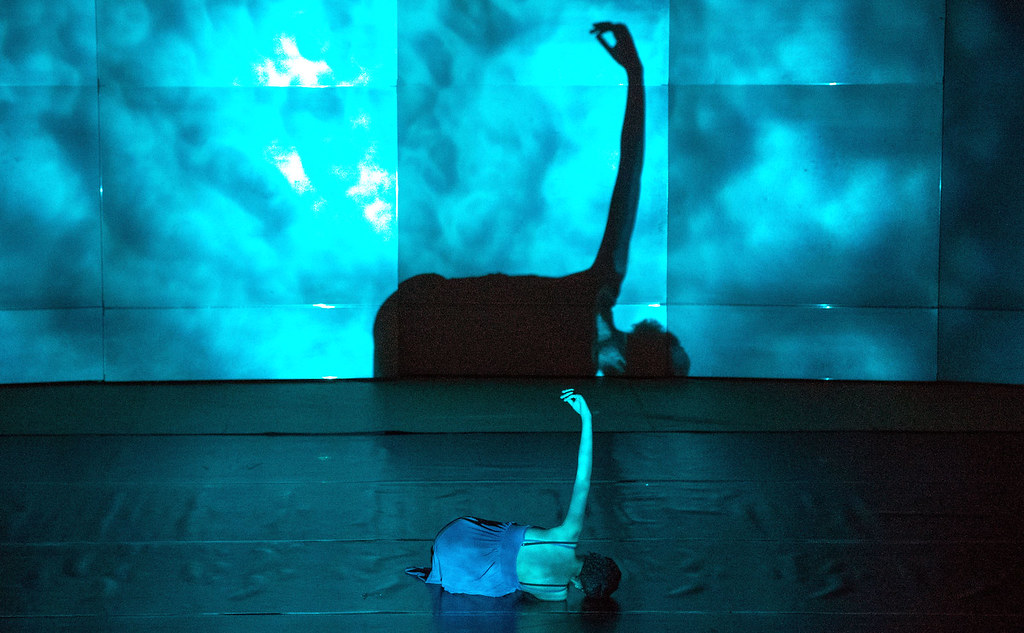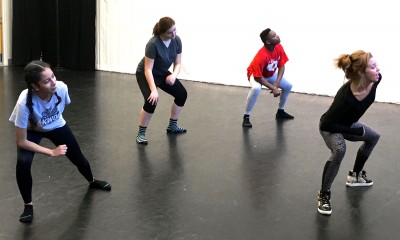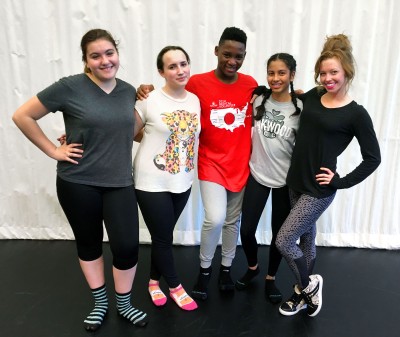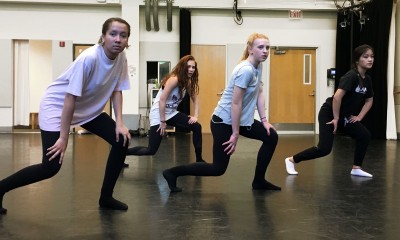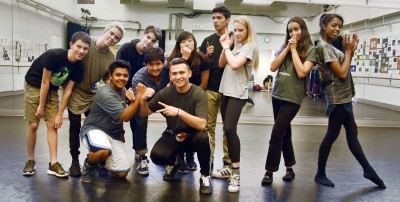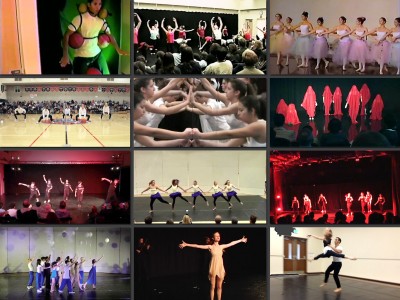The Roots of Jazz Dance
Eliza, 9th Grade
Jazz dance is most commonly seen on stage in musicals today, but it wasn’t always purely for theatre. Most of its roots are in African dance, and we see this in various aspects of jazz such as grounded movement, rhythmic syncopation, the isolation of body parts, and undulating spinal movement. These elements were found in movements created by slaves from Africa and evolved for use in minstrel shows and vaudeville performances. Tap dance, which is also part of the jazz lexicon, is deeply rooted in African aesthetics. However, as jazz grew it was stifled in America by racism and prejudice, so it migrated to Europe where slaves and immigrants were able to participate in the arts more openly.
In Europe, jazz took off and became an integral part of the culture. Jazz dominated America in the late 1940s and 50s when swing, a style of partner dance, became popular among youth, mainly in dance halls and parties. Popular choreographers started to take note of the emerging dance style and developed it. One such choreographer was Jack Cole, known as “the father of jazz.” He created a jerkier, more isolation-based form of jazz that was developed further by popular choreographer Bob Fosse, who turned jazz into an art form largely exhibited in musical theatre.
From there, jazz continued to develop, branching off into modern jazz, musical theatre, swing, lyrical jazz, and even hip hop and house dance styles. All of this rich history helped jazz dance become the intricately beautiful art form that it is today.
